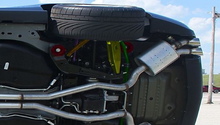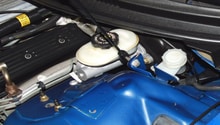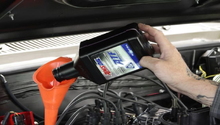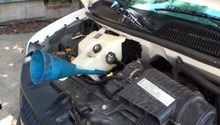Chevrolet Camaro 2010-2015: Transmission Diagnostic Guide
A malfunctioning transmission can be an annoyance if not taken care off. It could also lead to huge garage bills in the future. Continue reading to find out some relatively easy diagnostics for your transmission.
This article applies to the Chevrolet Camaro (2010-2015).
One of the most complicated items on a car is the transmission. Whether it is a manual or an automatic transmission, it contains many moving parts needed to get all the power from the engine transferred to the wheels. When something breaks in the transmission, unfortunately it could often be very expensive to repair. On the other hand, with a bit of luck there are also some transmission issues that are not very expensive to repair.

Material Needed
- Your eyes, your ears and your other senses
Automatic Transmissions
Step 1 – Shudder
Some Camaro owners with automatic transmission have experienced shudder in lower speeds. The shudder is typically noticeable at the 40 to 50 mph range. The shudder feels much like an engine misfire, or that the car is driving over rumble strips on the road.
The symptoms above could mean that the torque converter in the transmission needs to be replaced. Fortunately, there is a Technical Service Bulletin issued by Chevrolet. That means that if your car is covered by the service bulletin, Chevrolet covers the cost of the repair. It is important to take this seriously. If you drive with this problem for a longer time, you might damage the entire transmission.
If you experience shudder, check with your nearest Chevrolet dealer for a further diagnostic and possible repair.
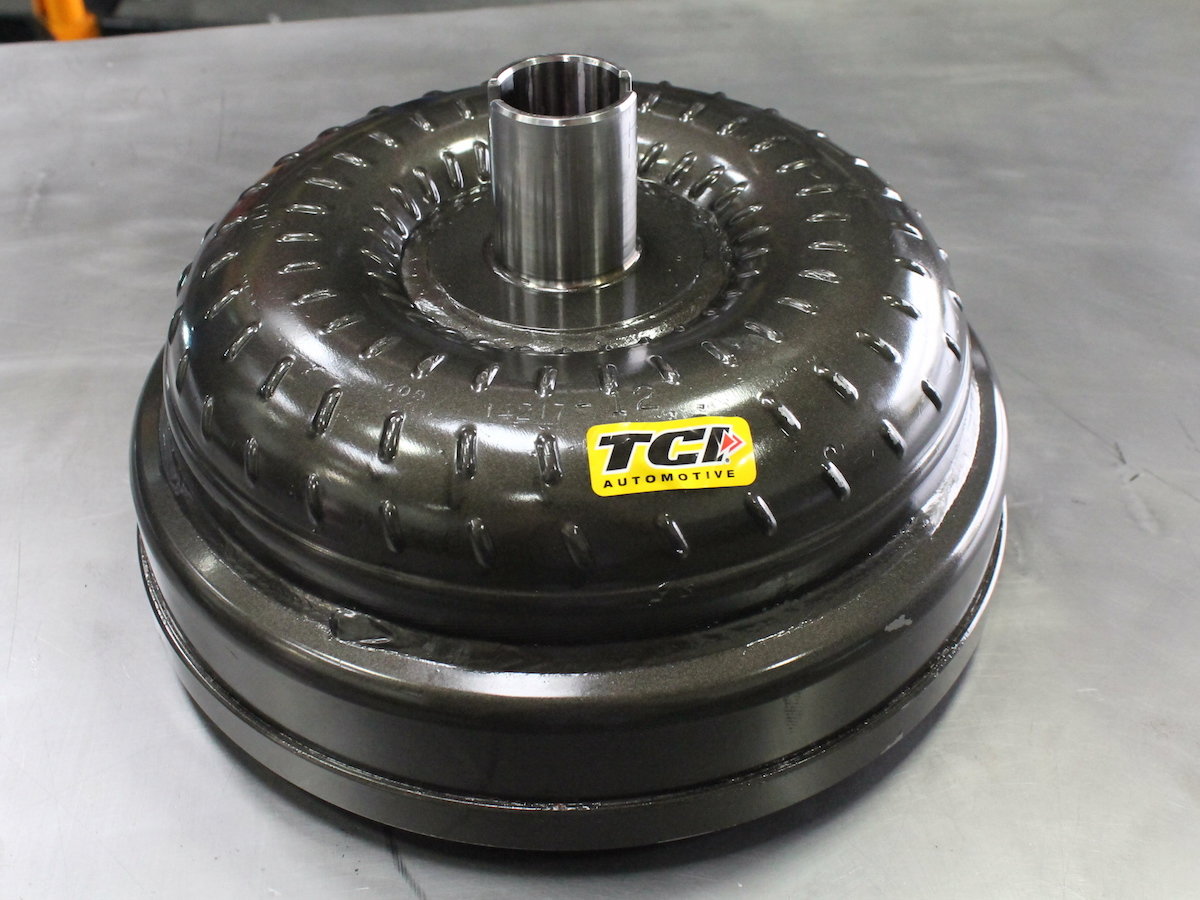
Step 2 – No forward gears only reverse
A somewhat strange behavior reported by some owners is that the car all of a sudden has no forward gears but the reverse gear works fine. There can be many reasons for such a behavior, and with some bad luck, the entire transmission might be damaged and needs to be replaced. On the other hand, there are also a few things that can be replaced that might cure the problem.
A bad Transmission Control Unit (TCM) or a bad transmission solenoid could give the above symptoms. When you experience that you have no forward gears, you could turn off your car and wait for a few minutes and then restart your car again. If the problem is gone for a short while and then comes back, odds are the TCM or the solenoid pack for the transmission needs to be replaced.
Manual and Automatic Transmissions
Step 3 – Vibrations
If you experience vibrations at a certain speed that is independent of gear and if the clutch is in or out (if you have a manual transmission), you might experience worn out or badly balanced axles or drive shaft.
The drive shaft transfers the power from the gearbox to the rear differential that sits in the middle behind the rear wheels. The axles then transfers the power further from the rear differential to the rear wheels.
Especially sprinted driving can wear out the axles and the drive shaft prematurely. If you experience vibrations that you haven't experienced before, it is advisable to let a garage check your axles as well as drive shaft and possibly refurbish them. If this issue is not taken seriously, it could eventually ruin the entire transmission.
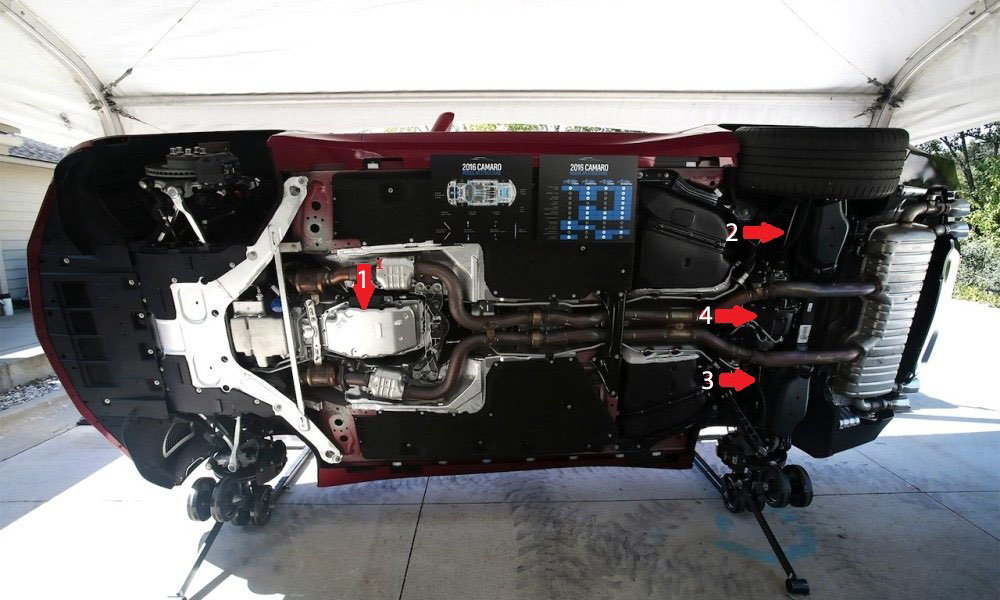
Related Discussions and Sites
- Shudder - LS1Tech.com
- No Forward Gears Only Reverse - LS1Tech.com
- Vibrations - LS1Tech.com
- Driveline Noises - OnAllCylinders.com
- Torque Converters - ChevyHardcore.com

